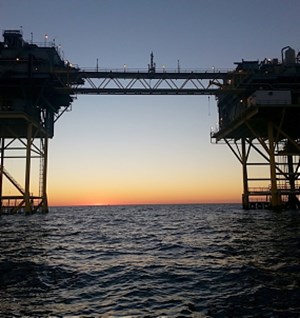Shell Nigeria Exploration and Production Company Limited (SNEPCo), a subsidiary of Shell plc, has reached final investment decision (FID) with Sunlink Energies and Resources Limited on the HI gas project offshore Nigeria. The development which represents a $2 billion investment according to Nigerian government, will provide feed gas to Nigeria LNG’s (NLNG) Train 7 expansion.

The HI field, discovered in 1985, lies in 100 m of water about 50 km off the Nigerian coast. At peak output, the project will supply 350 million standard cubic feet of gas per day (about 60,000 boed) to NLNG, in which Shell holds a 25.6% interest. Recoverable resources are estimated at 285 MMboe. Production startup is expected before the end of this decade, supporting Shell’s plan to increase global LNG production by 4–5% per year through 2030.
The joint venture between Sunlink Energies (60%) and SNEPCo (40%) includes a wellhead platform with four production wells, a multiphase pipeline to shore at Bonny Island, and a gas processing facility connected to the NLNG plant. Condensate will be exported via the Bonny Oil and Gas Export Terminal. Shell said the project aligns with its Capital Markets Day 2025 target to bring new upstream and integrated gas projects onstream delivering over 1 MMboed by 2030.
“Following recent investment decisions related to the Bonga deepwater development, today’s announcement demonstrates our continued commitment to Nigeria’s energy sector, with a focus on Deepwater and Integrated Gas,” said Peter Costello, Shell’s Upstream President. “This project will help grow our leading Integrated Gas portfolio while supporting Nigeria’s ambitions to become a more significant player in the global LNG market.”
The HI project follows Shell’s final investment decision on the Bonga North development in December 2024 and the company’s recent increase in its Bonga field stake. Both investments underscore Shell’s long-term position in Nigeria’s deepwater and gas value chains, where LNG remains central to the company’s global energy transition and low-carbon growth strategy.

